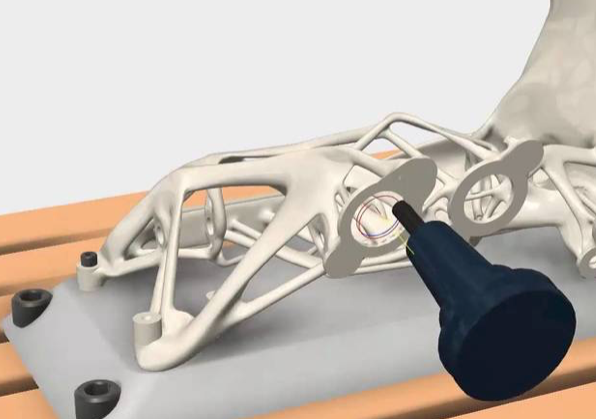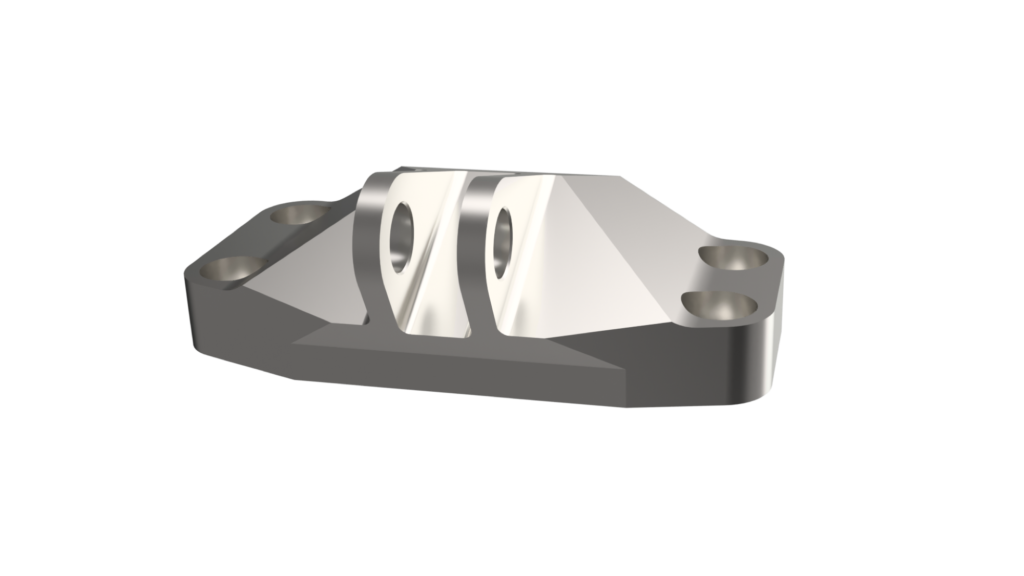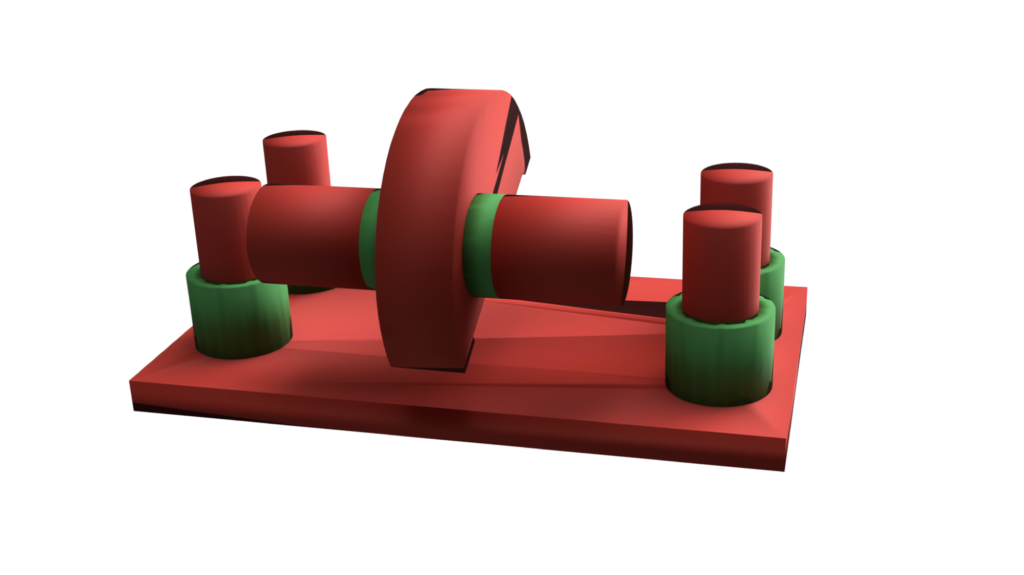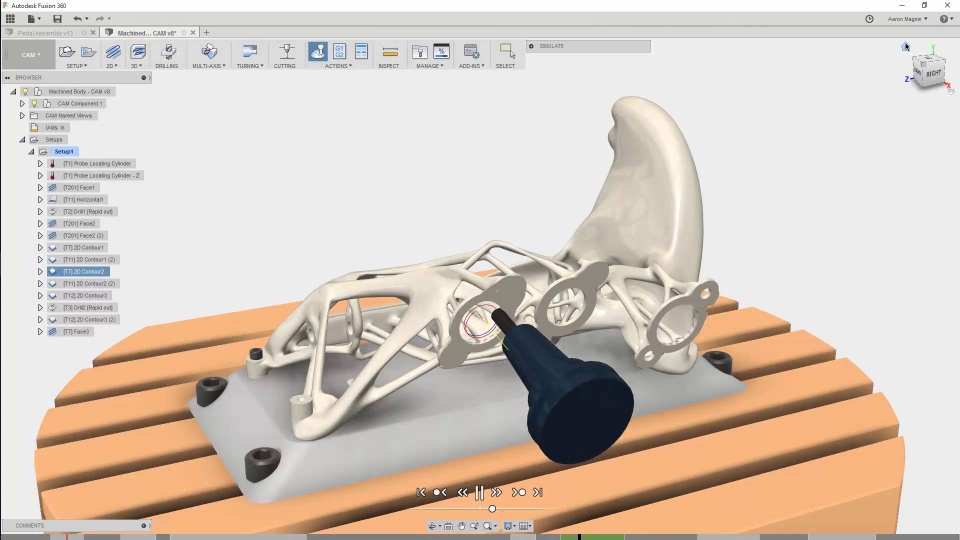
When was the last time your 3D CAD tool “aided” your design? Sure, the software enabled you to document an already determined outcome, maybe validated an instance of a design for strength, or even allowed you to convert a 3D object into those wonderful 2D views, and of course they updated when the model changed. That’s cool . . . right? But what did the software do for you that you didn’t instruct it to do?
What if what the part looked like – the process you’ve learned to break down a shape into sketches and features – was the last consideration? Its form inconsequential to its real purpose – performing a specific function to specification. You’ve been taught to translate that into manufacturable geometry, convert that thought into orthogonal form, and that higher complexity equals higher cost. We solve engineering problems based on requirements, function, material availability, and manufacturing capabilities – among others. How does 3D CAD aid you in that process? It doesn’t.
 The process of breaking this geometry down to features is CAD modeling.
The process of breaking this geometry down to features is CAD modeling.Yes, I know. That’s a little bold; slightly (intentionally) provocative. You wouldn’t use 3D CAD if it didn’t help the design process. By no stretch of anyone’s imagination does 3D CAD, as we currently define it, go away. So please put down the pitch forks and torches. But honestly, it does beg the question: How does CAD “aid” your process short of helping you visualize the problem? Again, it’s only doing what you told it to do

With generative design, you model the problem statement. It’s the inverse of what we’ve been trained to do with CAD.
This is why generative design with Fusion 360 is transformative. Sure, you could use Fusion 360 to model an already determined outcome, but why not ask it to do some of the design exploration for you? Tell it the problem it needs to solve, then sit back and let the cloud generate a number of potential solutions. The real value of generative design is not the geometry generated, but the data presented to make more informed decisions more quickly. Not one incrementally better solution, but a number of design solutions, genuinely aiding you as you make strength, material, or cost considerations.
Finally, a technology that more closely represents the design process, aiding the experience such that it turns just one engineer into a team of engineers converging on an ideal solution based on problem it was asked to solve. So, I ask you again. How is your 3D CAD tool aiding you?
This article originally appeared on the Fusion 360 Blog. You can read the original here.




Add comment
Connect with: Log in
There are no comments